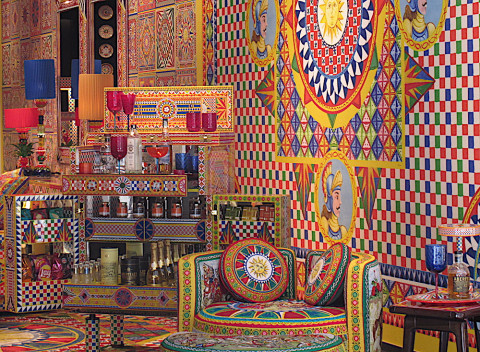Curves, Angles, and Sales (07-22-24)
Chen, Ma, Xiao, and Qin studied the effects of product form on perceptions. They report that field and lab research “showed that circular (vs. angular) shapes of new products decreased perceived learning costs, which, in turn, enhanced consumer innovation adoption intentions. . . . For products positioned for ease of use, circular shapes are likely to be more appealing, whereas for products positioned for capability an angular design would be more advantageous. . . . our findings also applies to service designs.

